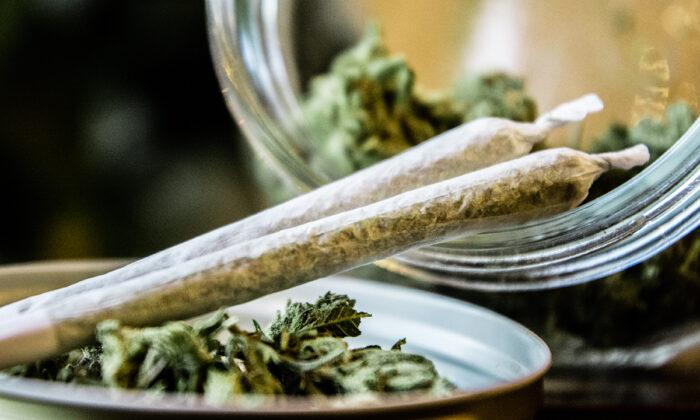Sucralose Could Trigger Hunger Signals in Brain
The study, conducted by the Keck School of Medicine at the University of Southern California and recently published in Nature Metabolism, indicates that consuming sucralose, a key ingredient in the popular sugar substitute Splenda, increases activity in the hypothalamus—a part of the brain that regulates appetite and body weight.The researchers found that drinking sucralose increased feelings of hunger and brain activity in the hypothalamus, especially among those with obesity. Unlike sugar, sucralose did not increase hormones that triggered a sense of fullness.
“About 40 percent of Americans regularly consume sugar substitutes, usually as a way to reduce calories or sugar intake,” Page said. “But are these substances actually helpful for regulating body weight? What happens in the body and brain when we consume them, and do the effects differ from one person to the next?”
To investigate, the researchers conducted a randomized experiment with 75 participants, who were tested on three different occasions after drinking water, a beverage sweetened with sucralose, or a drink sweetened with regular sugar. Using magnetic resonance imaging, researchers recorded brain scans and collected blood samples and hunger ratings before and after drink consumption.
The researchers also found that sucralose changes the way the hypothalamus interacts with other brain regions involved in motivation. The findings also revealed that female participants experienced greater changes in brain activity compared with male participants, suggesting that sucralose could affect the sexes differently.
Artificial Sweeteners Carry Potential Risks
Sucralose can be up to 600 times sweeter than natural sugar, raising the taste threshold for sweetness. It carries no calories and will thus not induce fullness, “causing rebound overeating from the shortfall,” Nicolette M. Pace, a registered dietitian and nutritionist and founder of NutriSource Inc., told The Epoch Times.She said that basic, unadulterated foods “are the way to go.”
Shelley Balls, another registered dietitian, expressed concern about sucralose consumption among children and adolescents. “It’s hard enough in today’s world to make healthy choices, but increasing cravings and hunger makes things even harder, which could potentially lead to obesity and increased chronic disease risk,” Balls said.
“Sucralose has also been shown to alter the gut microbiome, and as we know gut health is a key determinant of health that we always want to keep in mind.”
Alternatives and Expert Recommendations
Starting healthy eating behaviors earlier in life is better when it comes to promoting overall health and decreasing the risk for chronic diseases, according to Balls.“As a dietitian, I always recommend water as the main source of fulfilling hydration needs for optimal health,” she said. “I personally stay away from all artificial sweeteners.”
Normal sugar and honey—in moderation—are a healthier option, she added.
While all sweeteners should be consumed in moderation, natural sweeteners such as honey and sugar, unlike artificial sweeteners, offer potential benefits such as antioxidants and vitamins and are less likely to disrupt the gut microbiome.
However, for those looking for an alternative sweetener, she recommends trying monk fruit as it is a natural sweetener. “It’s 100 to 300 times sweeter than sugar so you may find you can use less of it.”
While monk fruit provides a zero-calorie, sugar-free alternative that could be beneficial for people managing diabetes, Balls advised consumers to read labels carefully. Many monk fruit products aren’t pure, often containing other artificial sweeteners or sugar alcohols.
“So purchase straight monk fruit sugar if you can.”







